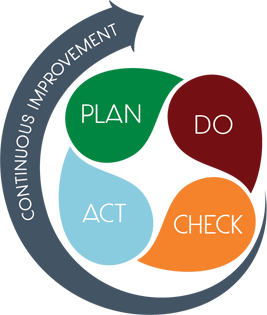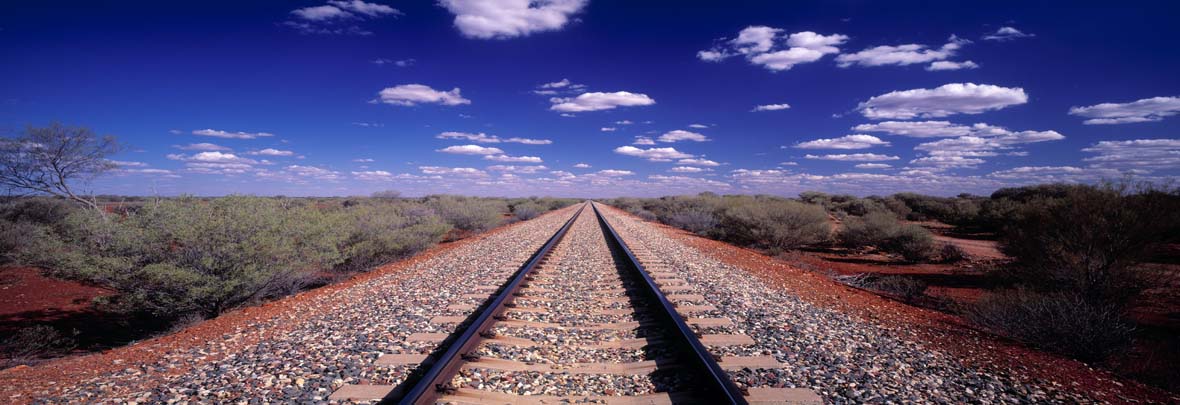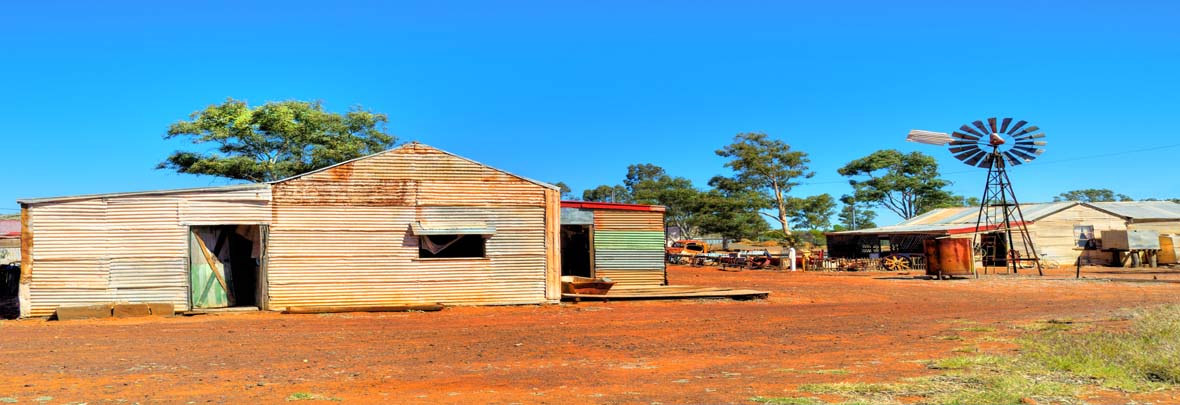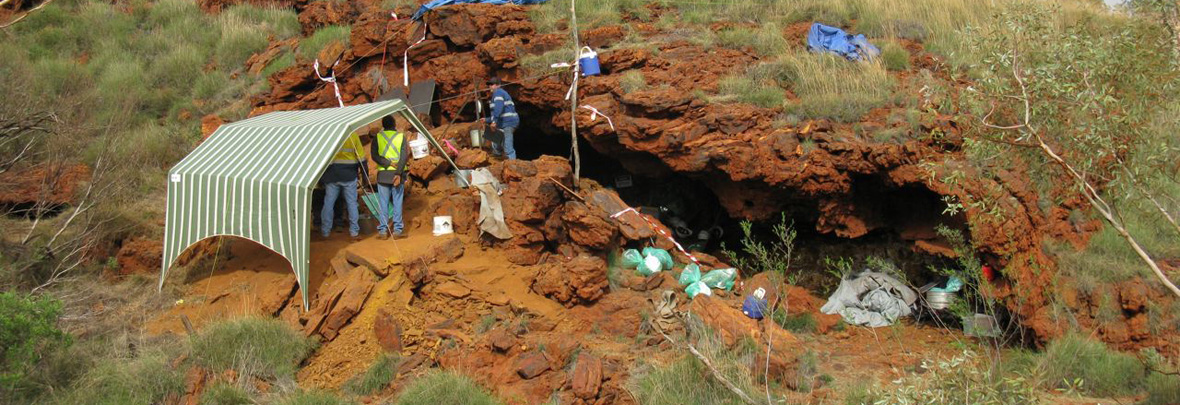FAQ’s
Can I work with ACHM?
Our team values the relationships we have with our clients and we work very hard to make sure that working with us is an easy and rewarding experience for you. To make it easier to work with us, we deploy industry standard software and file transfer services enabling seamless two‐way information flow at all times. Our reports are always concise, clear and are 100% compliant with all legislative requirements. To ensure you always feel comfortable with the progress of your project, our project managers are always available to talk to you and will address any issue you raise by the close of business the following day. Guaranteed.
What about Insurances?
ACHM are fully insured. We carry $10m Professional Indemnity and $20m Public Liability insurances, all relevant Workers Compensation insurances, alongside extensive business, motor vehicle and travel insurances.
Does ACHM have all the necessary equipment?
Alongside our ‘state of the art’ information technology, spatial data capture equipment and communications infrastructure, ACHM owns and maintains a wide range of gear to undertake any cultural heritage management task. Our field equipment includes 4x4 vehicles, a wide range of archaeological excavation equipment, two different types of mechanical sieves and a complete range of digital site recording equipment.
How does ACHM manage risks?
ACHM actively identify and manage all risks associated with any project from inception. Overall our aim is to identify, manage or mitigate all risks associated with a project so as to ensure the safe, timely and efficient delivery of the desired project outcomes. We believe that a pro‐active, rigorous and realistic approach to risk management not only creates value for our clients, but ensures the seamless and timely delivery of projects.
What formal project management tools does ACHM use?
Everything we do is based on a 'Plan, Do, Check, Act' project management methodology where nothing is left to chance and everything is planned, checked and adjusted as necessary. This ensures that we consistently achieve the high-quality outcomes our clients are looking for and we maintain this high performance through time. We have embedded continuous improvement in our processes at all stages of the product and project lifecycle.
 |
What information do we need to give ACHM?
Alongside a simple description of your project, ideally, you will be able to supply us with your property boundary and the design(s) of the proposed activity you intend to undertake. If you have an architect or town planner, they will have the data available as CAD files, and we can seamlessly use those files. If you don’t have the data, we can create the necessary spatial data using our industry standard ESRI suite of Geographic Information System (GIS) products.
To ensure legislative compliance and superb accuracy, we own and operate a range of current generation Trimble DGPS units for data collection. These state of the art DGPS allow us to collect data guaranteed to be accurate to <10cms. Our highly skilled GIS team produce 100% accurate data, maps and map products for all projects.
How do I know I’ll get value for money?
Our team strive to provide value for money through increased efficiency and effectiveness in all our work, particularly our communication with stakeholders, through innovation and through robust financial control of project budgets. Our time is your money so we always seek to reduce costs and increase efficiency wherever possible. We always provide services which are fit for purpose, high quality and timely. Wherever possible, we seek to ‘value add’ to projects through education, publication, research or innovation.
How many other projects have ACHM completed?
Our team offers you the benefit of our unrivalled experience obtained in completing thousands of cultural heritage management projects for developers, industry and government across Australia. ACHM manages a world class portfolio of projects for clients such as Woodside Energy Limited, Rio Tinto, Glencore Xstrata, FMG, Hancock Prospecting, BHP, ElectraNet SA, VicRoads, Transport SA and many other organizations involved in developing or accessing land.
How do ACHM innovate?
In its own way, every project is unique and so deserves fresh approaches and new thinking about old problems. Our innovations have solved real problems for our clients while saving time and money. We are always looking for innovative ways to deliver projects more effectively, while providing our clients with optimum outcomes and excellent value for money.
We pride ourselves on our track record of providing innovative and cost-effective solutions for our clients while never compromising safety or our client's desired outcomes.
What about Quality?
Our management team is committed to the principles of continuous improvement. We achieve our quality objectives through a structured continuous improvement program that ensures consistent quality and continual improvement of our services and products. This helps reduce costs, improves productivity and reduces waste. We have implemented a quality management system that is certified to ISO 9001:2016 standard, thereby ensuring the quality of all our services. All employees are committed to the ACHM quality policy and are aware of its benefits to our clients, process improvement and the goals and objectives of our firm.
Are your fees competitive?
While our fees are highly competitive, the cost of cultural heritage management services is not simply about price. We recognize how important it is to control costs, however our unrelenting focus on effective stakeholder communications, timeliness, efficiency, quality control and risk management are equally critical to the successful delivery of any given project. We create additional value by our focus on these crucial matters.
What about the Environment?
We seek to reduce our overall environmental footprint while delivering exceptional value to our clients. We conduct all our activities with the aim of minimising any adverse effects on the environment. We believe excellence in environmental performance is essential to our business success and is also essential to balancing the economic, social and environmental needs of sustainable development. We aspire to be the ‘consultant of choice’ for our clients because of our environmental credentials. ACHM are certified to ISO14001:2016.
What about Safety?
We believe that the health and safety of our people is our most important priority. We expect our staff to undertake all business activities within a ‘zero risk – zero harm’ framework and we provide them with all the necessary management tools, safe work procedures and equipment to ensure this outcome. ACHM have a comprehensive HSE system ensuring all work is conducted safely. We have a zero-tolerance policy towards drugs and alcohol in the workplace and conduct regular random testing of staff to ensure compliance. ACHM is certified to ISO 45001: 2016.
What about Customer Service?
We believe that outstanding customer service is the lifeblood of our business. We listen to our clients and always respond to questions or concerns promptly. We never make promises we can’t keep, and we always deliver what we promised at the agreed time.
What about the ACHM team?
ACHM employs a highly qualified team of cultural heritage professionals, allowing us to provide comprehensive and flexible service for any project, anywhere. Our senior people are leaders in their respective fields with international research and publication records. We also regularly work in multi‐disciplinary teams on larger projects. Our pragmatic solutions, strategic thinking and broad industry experience will prove invaluable to your project.
What expertise does ACHM have?
ACHM employ highly qualified and experienced consultants in all our offices. Our minimum qualification for staff is an Honours Degree in Archaeology or cognate discipline, which is also the minimum standard to be a registered Heritage Advisor in Victoria. The Project Manager assigned to your project will meet all the requirements for undertaking the required tasks and will always be supervised by a senior project manager.
Our Senior Management Group are a rare combination of academic achievement and pragmatism. Senior staff hold PhD qualifications in Australian archaeology. One is an ‘expert’ member of the International Committee on Archaeological Heritage Management (ICOMOS International) and a Fellow of the Australian Anthropological Society. This means that you have direct access to leaders and pragmatic innovators in the cultural heritage management profession.
What is ACHM’s success rate?
Our expert staff, professional rigor, enviable track record and first-class reputation ensures that your project gets the approval it needs without unnecessary delay or risk.
- Over 600 CHMP's Approved in Victoria,
- 97% Approved within 60 days of first submission,
- Over 1500 Due Diligence Assessments completed,
- We’ve managed heritage projects with budgets ranging from $2,000 to $15m.
- >6,000 projects successfully completed Australia‐wide since 2000
Is ACHM a reputable company?
ACHM are held in high regard by industry, government and stakeholder groups throughout Australia. We are happy to provide you with a range of referees who you can contact to discuss our firm, what we do and how we do it. See our testimonials.
What is a Heritage Advisor?
A Heritage Adviser is a person who is appropriately qualified in a discipline directly relevant to the management of Aboriginal cultural heritage (such as anthropology, archaeology or history) or who has extensive experience or knowledge in relation to the management of Aboriginal cultural heritage.
in Victoria, qualified heritage advisers are registered by the Department of Premier and Cabinet. ACHM have numerous experts on staff who are registered heritage advisers.
There are no other such requirements for registration in other states.
What is a Preliminary Aboriginal Heritage Test?
There may be mitigating circumstances which allow you to avoid having to complete a CHMP for your development. The purpose of the Preliminary Aboriginal Heritage Test (PAHT) is to provide a definitive answer as to whether any of those circumstances exist for your project. The PAHT is a voluntary mechanism, so if the results indicate a CHMP is required, there is no appeal. If the PAHT finds that no circumstances exist exempting the activity, then a CHMP will be required.
What is the Registered Aboriginal Party?
The Aboriginal Heritage Act 2006 recognises Aboriginal people as the primary guardians, keepers and knowledge holders of Aboriginal cultural heritage. At a local level, Registered Aboriginal Parties (RAPs) are the voice of Aboriginal people in the management and protection of Aboriginal cultural heritage in Victoria. There can be more than one RAP for a given area. RAPs have a variety of responsibilities, including the evaluation of CHMP’s.
While the Aboriginal Heritage Act 2006 and the Aboriginal Heritage Regulations 2018 are highly proscriptive, the evaluation and approval of any CHMP by a RAP is a bipartisan negotiated process between the RAP and the heritage adviser (acting on behalf of the sponsor).
It is important to appreciate the authority that the RAP has in the CHMP process, but it is equally important for you to have heritage advisers who understand the extent of that authority, and how to work with the RAP to achieve your desired outcomes.
Who approves a CHMP?
In Victoria, a CHMP must be approved by the relevant Registered Aboriginal Party (RAP), where one exists. Where no RAP exists, the Secretary of the DPCD, or in certain circumstances the Minister or the Aboriginal Heritage Council may approve the Plan. In other states, there are different approaches to undertaking and implementing CHMP’s.
What is Significant Ground Disturbance?
Significant Ground Disturbance involves the disturbance of the topsoil or surface rock layer of the ground or a waterway by machinery in the course of grading, excavating, deep ripping (60cm or deeper), digging or dredging.
Any other disturbance is not considered to be Significant Ground Disturbance and does not alleviate the requirements for a CHMP. For example, ploughing is not considered to be Significant Ground Disturbance
Am I required to comply with conditions in a CHMP?
Yes.
It is a criminal offence to intentionally, recklessly or negligently fail to comply with any conditions in an Approved CHMP.
Once Approved can a CHMP be Amended?
If something changes in your project, and the CHMP no longer covers or reflects the proposed activity, you can apply to the RAP or AV (as relevant) to amend an approved CHMP. If the amendment is minor, it may be approved within 14 days.
This is a potentially useful avenue for proponents to fine tune CHMPs after they have been approved, for example to consider minor changes to the proposed activities, management regime or potentially even activity area. The amended CHMP will be evaluated as if it were an entirely new CHMP.
When do you need a Cultural Heritage Management Plan?
A CHMP is required if all or part of the proposed activity is:
- Within an area of Cultural Heritage Sensitivity, that has not previously been subjected to Significant Ground Disturbance; and
- All or part of the proposal is a High Impact Activity.
The thresholds for both matters are strictly controlled by the Aboriginal Heritage Act 2006 and the Aboriginal Heritage Regulations 2018.
What is a Cultural Heritage Management Plan?
A Cultural Heritage Management Plan (CHMP) is a written report designed to assess whether a project is likely to have an impact on an area of Aboriginal cultural heritage significance or value.
A CHMP outlines what measures can be taken to avoid impacts to the heritage place or value or recommends management techniques during and after an activity to minimise disturbance or damage to cultural heritage. A CHMP must be prepared by a Heritage Advisor in conjunction with Registered Aboriginal Parties (where they exist) or Aboriginal community representatives.



